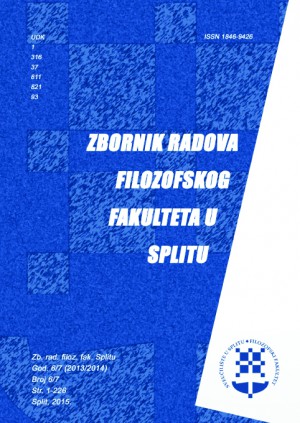PIER PAOLO PASOLINI: RELIGIJA I SAKRALNI SIMBOLI KAO KONSTRUKTIVNI ELEMENTI TEATARSKOG OPUSA
PIER PAOLO PASOLINI: RELIGION AND SACRED SYMBOLS PERCEIVED AS CONSTRUCTIVE ELEMENTS OF HIS THEATRICAL OPUS
Author(s): Antonela Pivac, Srećko JurišićSubject(s): Theatre, Dance, Performing Arts
Published by: Filozofski fakultet, Sveučilište u Splitu
Keywords: Myth; Pasolini; religion; rural; sacral; subconscious, theatre; tradition; tragedy; urban;
Summary/Abstract: Pasolini’s theatre appeared in the mid ‘60s of the past century as a reaction to the unsatisfactory and unacceptable general situation in the Italian theatre. Pasolini not only used the form of classic tragedy to transmit his ideas on the social status of the individual, but also to express his general criticism of Italian society. Religious topics and sacred symbols are perceived as integral and constructive elements of his theatre, despite harsh his criticism towards the Church authorities. Some critics consider his constant digressions on religion and his usage of religious symbols to be the subconscious manifestation and remnants of his education, whereas some see them as self-constructed religious principles. This paper primarily analyses his six most important tragedies: Orgia, Pilade, Affabulazione, Porcile, Calderón and Bestia da stile, along with the history play I Turcs tal Friùl, in which the rural environment is perceived as the incubator of a traditionally religious lifestyle. This paper shows that constant references to religious topics, seen as part of an obsessive need to erase the subconscious, as well as associations linked to religious myths, are present in all of Pasolini’s dramatic plays.
Journal: Zbornik radova Filozofskog fakulteta u Splitu
- Issue Year: 2009
- Issue No: 2-3
- Page Range: 195-218
- Page Count: 24
- Language: Croatian

